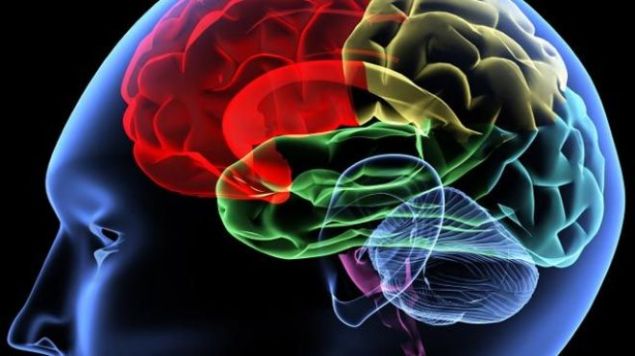
Despite many years of intensive research, no effective treatment currently exists for Alzheimer’s disease, which is the most common form of dementia. It has become increasingly clear that, if the disease is to be treated successfully, it must be detected early, perhaps even before symptoms are evident. Thus, there is a great need for reliable diagnostic methods so that treatment to slow or prevent the disease can begin as early as possible.
A characteristic, pathological sign of Alzheimer’s disease is the formation of insoluble amyloid plaques that accumulate in the brain. The presence of these plaques can be measured in the brain using positron emission tomography (PET camera) to visualize radioactive tracer molecules that bind to the amyloid plaques. Amyloid levels can also be measured in spinal fluid. While amyloid accumulates in the brain in Alzheimer’s disease, research has shown that levels of amyloid in the spinal fluid is instead reduced.
In a new study led by researchers at the Karolinska Institutet in Sweden, researchers compared the amyloid-PET measurements in the brain with amyloid-β42 in the spinal fluid to see how well they align. The investigations were performed at seven European memory clinics on 230 patients who were examined for memory disorders. Patients received various diagnoses, such as mild cognitive impairment (MCI), Alzheimer’s disease and various types of dementia. A small group of healthy individuals were control subjects.
PET studies on the patients’ brains were evaluated both locally at the seven different hospitals and centrally at the Karolinska Institutet. The researchers also used a new method, called the centiloid method, in order to standardize the measured amyloid values on a unified scale so they can be compared. Levels of amyloid42 were measured from the samples of cerebrospinal fluid at each local hospital. All samples were also analyzed centrally at Sahlgrenska Hospital in Gothenburg, where the levels of amyloid42, as well as a second amyloid protein amyloid40, were measured.
The researchers found that the best fit was achieved when the amyloid level in the brain was compared with the ratio between the levels of amyloid42 and amyloid40 in the spinal fluid. Given this finding, the research team hypothesized that the forms of β-amyloid found in the brain and spinal fluid are not completely identical.
“Interestingly, there was also a difference between the values measured in the brain and spinal fluid in a smaller group of patients,” wrote the study’s coordinator Agneta Nordberg at the Department of Neurobiology, Care Sciences and Society, Center for Alzheimer’s Research, Karolinska Institutet. “This may justify that, in some unclear cases, the diagnosis should include an amyloid PET scan to complement the cerebrospinal fluid sample. These findings are also important because it is increasingly common to perform amyloid-PET studies upon the inclusion of patients in new drug studies.”
Dr. Samadi is a board-certified urologic oncologist trained in open and traditional and laparoscopic surgery and is an expert in robotic prostate surgery. He is chairman of urology, chief of robotic surgery at Lenox Hill Hospital and professor of urology at Hofstra North Shore-LIJ School of Medicine. He is a medical correspondent for the Fox News Channel’s Medical A-Team Learn more at roboticoncology.com. Visit Dr. Samadi’s blog at SamadiMD.com. Follow Dr. Samadi on Twitter, Instagram, Pintrest and Facebook.

